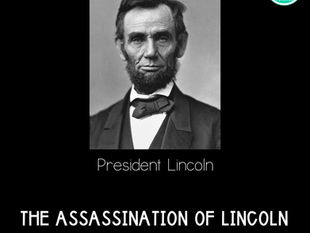
A Free Reading Passage on John Smith for AP U.S. History
May 24, 2024
2 min read
0
25
0
John Smith is a referenced topic in the European Colonization topic in Period 2 of AP U.S. History. You could reference this example on your AP U.S. History test.

John Smith, a name synonymous with the early days of English colonization in North America, played a pivotal role in the establishment and survival of the Jamestown colony, the first permanent English settlement in the New World. His leadership, adventurous spirit, and ability to navigate complex relationships with Indigenous peoples were crucial during the colony’s formative years.
Born in Lincolnshire, England, in 1580, John Smith led an adventurous life before arriving in America. He traveled extensively throughout Europe, fought in wars, and even endured a period of captivity in Turkey. These experiences honed his skills in leadership, survival, and negotiation, all of which would prove invaluable in the New World.
In 1607, Smith was among the 104 settlers who founded Jamestown, in present-day Virginia. The early years of the colony were fraught with challenges, including disease, starvation, and conflicts with the Indigenous Powhatan Confederacy. The settlers were unprepared for the harsh conditions and relied heavily on supplies from England, which were often delayed.
John Smith quickly emerged as a key leader, known for his pragmatic approach and strong work ethic. He famously implemented a policy of “He who does not work, shall not eat,” which helped to ensure that all settlers contributed to the survival of the colony. His leadership was instrumental in organizing food production and fortifications, which were crucial for the colony’s defense and sustenance.
One of Smith’s most significant contributions was his ability to establish and maintain relationships with the Indigenous peoples, particularly the Powhatan Confederacy. According to Smith’s own accounts, he was captured by Powhatan warriors and brought before their leader, Chief Powhatan. Legend has it that Powhatan’s daughter, Pocahontas, intervened to save his life, although this story’s accuracy is debated among historians. Regardless, Smith’s diplomacy helped secure vital trade agreements with the Powhatan, providing the settlers with much-needed food and support.
In 1608, Smith became president of the Jamestown council, further solidifying his influence. Under his leadership, the colony expanded its fortifications and improved its agricultural practices. Smith also led exploratory missions into the surrounding areas, mapping the Chesapeake Bay and establishing contacts with other Indigenous tribes. His detailed maps and reports were invaluable for future settlers and explorers.
Despite his accomplishments, Smith’s tenure in Jamestown was cut short in 1609 after he was injured in a gunpowder explosion. He returned to England for medical treatment and never returned to Virginia. However, his writings, including “A True Relation of Such Occurrences and Accidents of Note as Hath Happened in Virginia” (1608) and “The Generall Historie of Virginia, New-England, and the Summer Isles” (1624), provided a lasting record of the early years of English colonization in America.
PRINTABLE READING PASSAGE ON JOHN SMITH
Would you prefer to share a printable passage with your students? Click the image below to grab it!
Do you want to watch a video about John Smith?
European Colonization
Period 2
AP U.S. History







